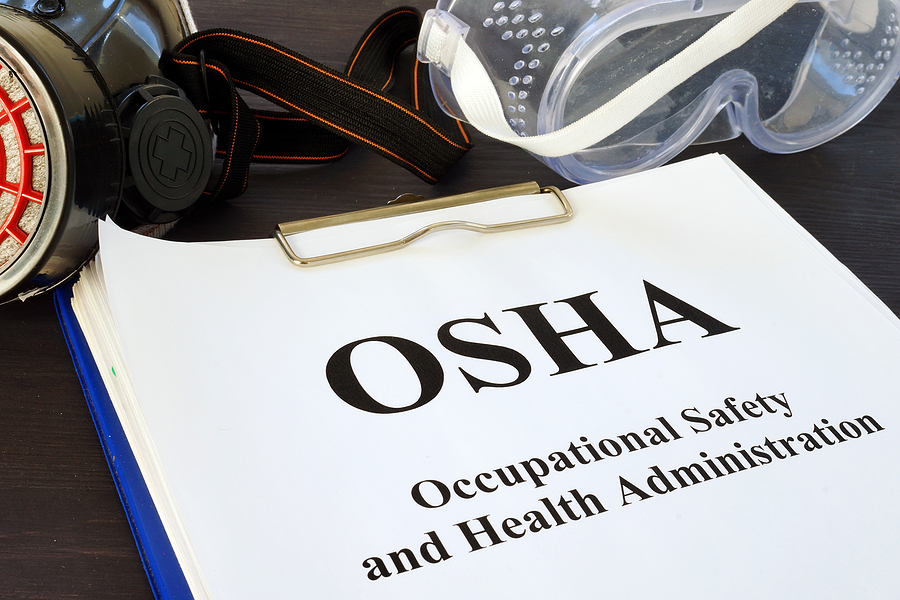OSHA Recordkeeping and Reporting Rules All Employers Must Understand and Follow

All employers must understand and adhere to the Occupational Safety and Health Administration’s (OSHA) rules on keeping OSHA records and reporting incidents. It doesn’t matter if they’re small or large companies, these regulations are mandatory for everybody. The main goal of these rules is ensuring safe working environments for employees in all sectors.
This article will go into depth about OSHA record keeping and reporting requirements: who they apply to; what types of incidents need recording; how reports should be made; what happens when you don’t comply. Therefore, a good awareness level concerning this legislation among business owners or managers responsible for staff safety is very important.
Who Must Comply With OSHA Recordkeeping Rules?
According to the Occupational Safety and Health Act, any company with at least 11 employees must comply with the OSHA recordkeeping standards set forth by Title 29 Part 1904 of CFR. This means that an employer has to keep accurate logs detailing every work-related injury or illness which falls within its recording criteria.
However, businesses having 10 or fewer workers are only partially exempted from maintaining OSHA 300 log forms as well as certain retail/service sectors being classified under low hazard industries. Nevertheless, it’s worth noting that the size refers to peak employment during a year.
For example, if there were more than ten people employed at any given point throughout the calendar then record keeping becomes mandatory regardless of average numbers being less than this figure.
Additionally, not all employers fall under federal OSHA jurisdiction. 26 states and 2 territories operate their own safety and health programs called State Plans, which have been approved by OSHA as meeting federal standards. Though State Plans may differ slightly, their injury and illness recording and reporting requirements must be substantially identical.
Types of Recordable Work-Related Injuries and Illnesses
OSHA recordkeeping regulations require entries on the OSHA 300 log for all work-related injury and illness cases that meet defined criteria. This includes:
- All work-related fatalities.
- All work-related illnesses.
- All work-related injuries that lead to loss of consciousness, days away from work, restricted work activity or job transfer, or require medical treatment beyond first aid.
- Any significant work-related injury diagnosed by a physician or other licensed health care professional.
- Any needlestick injury or medical removal case.
In general, if an exposure or event in the work environment caused or contributed to the condition, or significantly aggravated a pre-existing condition, it is considered work-related and recordable.
OSHA Reporting Requirements
In addition to maintaining detailed injury and illness records, OSHA imposes strict reporting requirements for serious incidents. Employers must report:
- All work-related fatalities within 8 hours of finding out about them.
- All inpatient hospitalizations, amputations, and losses of an eye stemming from work incidents within 24 hours.
These reports must be made to OSHA’s central hotline or the nearest area office. Failure to report qualifies as a violation.
Penalties for Noncompliance
OSHA enforces recordkeeping and reporting rules through inspections and audits. Violations can lead to substantial civil and criminal penalties:
- Monetary fines range from $13,653 per violation up to $136,532 for willful or repeat violations.
- Falsifying records or failing to report serious incidents can result in criminal charges, fines, and even jail time.
- OSHA may issue public press releases naming noncompliant employers to shame them.
Aside from legal repercussions, noncompliance indicates neglect for employees’ well-being and damages a company’s reputation. Proper adherence demonstrates a commitment to safety.
Conclusion
It is necessary for employers to comply with the Occupational Safety and Health Administration’s (OSHA) recordkeeping and reporting regulations, which have legal duties and penalties. Therefore, every business should comprehend them well.
On this account, keeping precise accident records together with prompt reporting assists in prevention as well as protecting employees themselves. In order to ensure that businesses adhere strictly to all standards set by OSHA; there are various resources such as forms for recording incidents.
